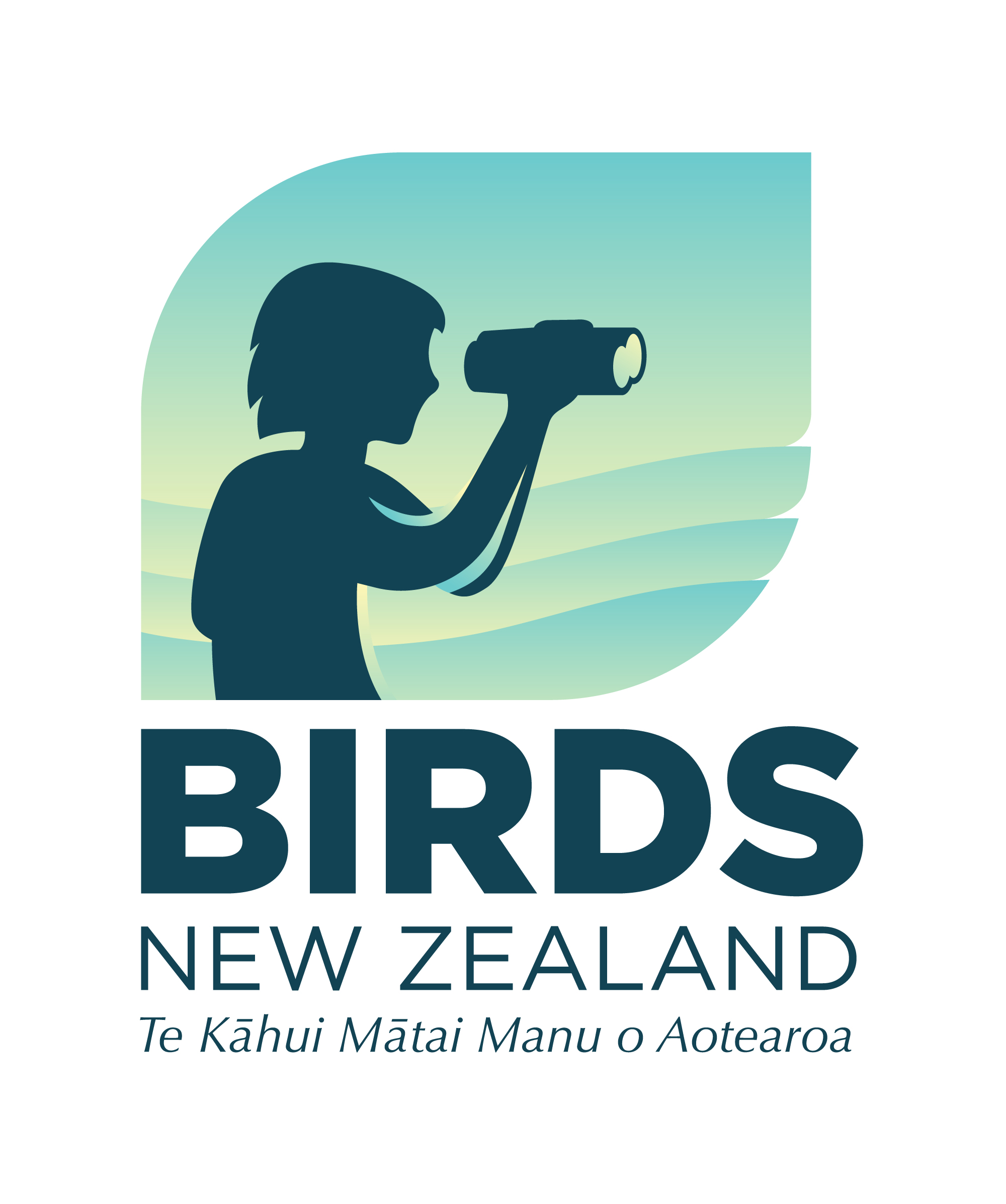Notornis, 69 (4), 211-228
Article Type: Paper
Abstract: Bird abundances on a small island (150 ha) near the mainland of northern North Island New Zealand were studied using a standardised, longitudinal survey through 38 years (1988–2020), a period during which habitat restoration, reintroductions of five native bird species, and control of rats (Rattus spp.) and stoats (Mustela ermina) occurred. We estimated time-series abundances of 33 bird species and found substantial population shifts shared by many taxa. The unique data set from this restoration project showed that: (1) more species and more individual birds were present at the end of the study than at the beginning; (2) rat control made an immediate and lasting difference, increasing population growth of the typical species 6% per year; (3) boosting ecological succession by habitat conversion and habitat enrichment resulted in a long term population growth of many native bird species; (4) shifts in species composition are still ongoing 20 years after predator control, with both gradual, long-term increases, and declines. In particular, two endemic species, and pōpokotea (whitehead, Mohoua albicilla) proved robust competitors in a predator- free environment, increasing in abundance, while most non-native and many native species declined. These gradual, longer-term shifts became clear during “maturation”, a period beginning about 13 years after predator control started.
